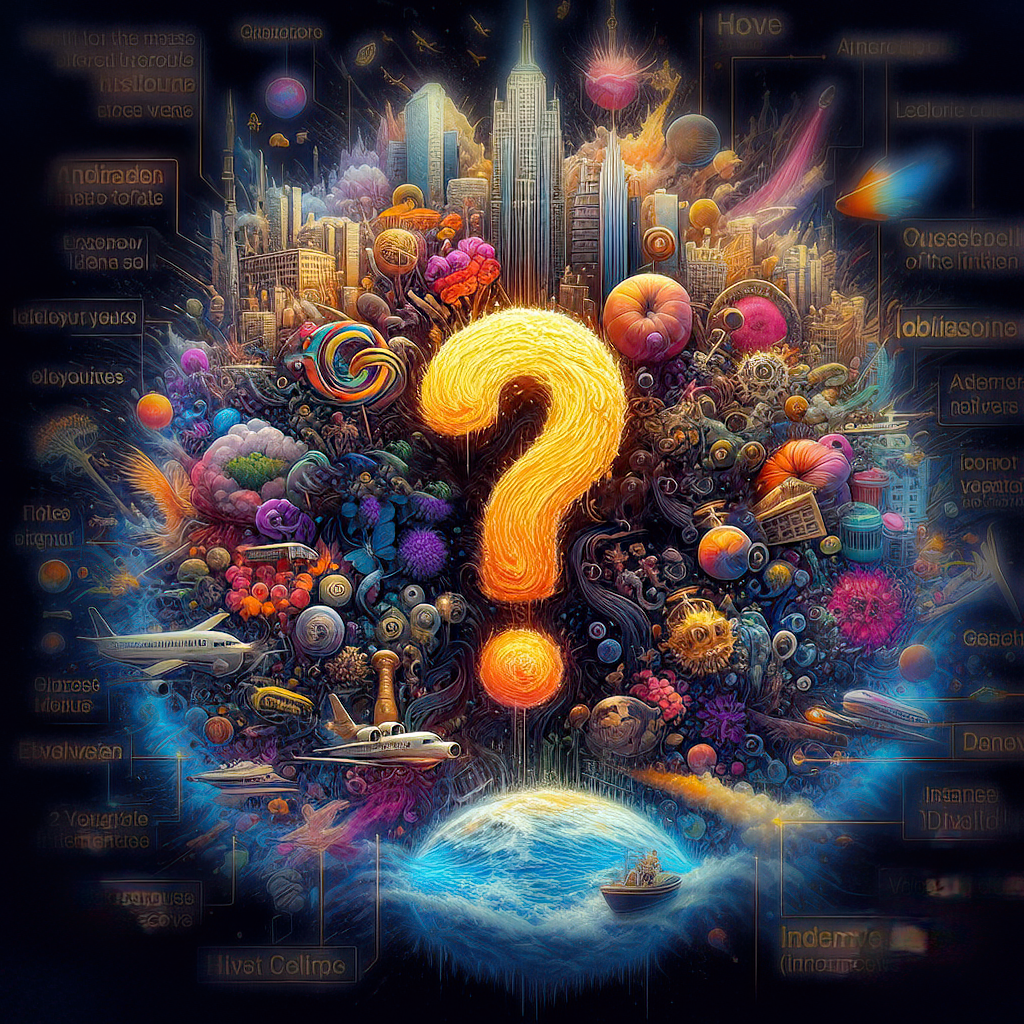
by Bill Tiepelman
Exploring the World of Geometric Art
Geometric art is a fascinating form of expression that uses geometric forms to create compelling visual narratives. This unique style, characterized by its clear lines, vibrant colors, and unmistakable shapes, has captivated the hearts and minds of artists and viewers alike. It's a celebration of symmetry, balance, and simplicity. The Origins and Evolution The roots of geometric art can be traced back to the ancient civilizations of Greece and Egypt, where it adorned temples, palaces, and public spaces. However, it was during the 20th century that this form truly evolved into a distinct movement. Artists like Piet Mondrian and Kazimir Malevich rejected the chaotic, subjective nature of expressionism in favor of the clarity and universal harmony found in geometric shapes. Characteristics of Geometric Art Geometric art is easily identifiable by its precise lines and shapes. Circles, squares, triangles, and polygons come together in various combinations to form abstract designs that can be both complex and beautifully simple. This art form relies heavily on the use of color and pattern, with artists often employing a limited palette to maintain focus on the geometry itself. Modern Geometric Art and Its Applications In today's digital era, geometric art is not just preserved in galleries; it thrives in our daily lives, from the digital realm to the structural design of our cities. The influence of geometric art has seamlessly transitioned into the 21st century, touching aspects of our lives we often take for granted. In the world of digital design, geometric patterns bring a sense of harmony and balance to websites and user interfaces. They help organize content in an aesthetically pleasing manner, guiding the user's eye and improving user experience. This principle is not just about beauty; it's about creating a visual language that communicates effectively and efficiently with users worldwide. Architecture has always been a reflection of times and cultures. Today's architects incorporate geometric patterns to create structures that are not only functional but also symbolic of modernity and progress. The use of geometric shapes in building designs not only stands for an aesthetic purpose but also contributes to sustainability and energy efficiency, echoing the ethos of innovation that geometric art embodies. Even fashion has embraced geometric motifs, with designers using these patterns to craft looks that are bold, contemporary, and unique. Geometric shapes in clothing can create optical illusions, flatter body shapes, and convey a sense of individuality and forward-thinking. This expanded presence of geometric art showcases its adaptability and enduring appeal. It continues to inspire new generations of artists and designers, influencing our culture in dynamic and unexpected ways. Creating Your Own Geometric Art With the rise of digital art tools, creating geometric art has become accessible to everyone. Programs like Adobe Illustrator and Procreate offer various features that make it easy to design precise and beautiful geometric patterns. Whether you are an experienced artist or a beginner, exploring geometric art can provide a new perspective on the beauty of structure and form. Geometric art is more than just shapes on a canvas; it's a rich tradition that spans history and permeates multiple aspects of our modern world. Its beauty lies in its simplicity and the infinite possibilities it offers for interpretation and expression. As we continue to explore and push the boundaries of this art form, we can find new ways to understand and appreciate the world around us.







